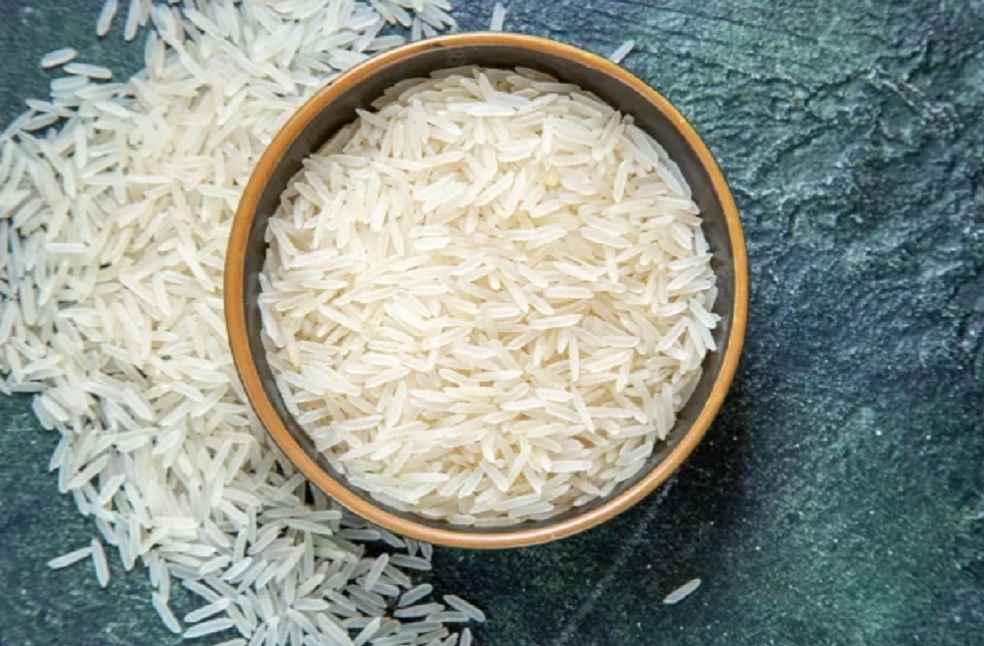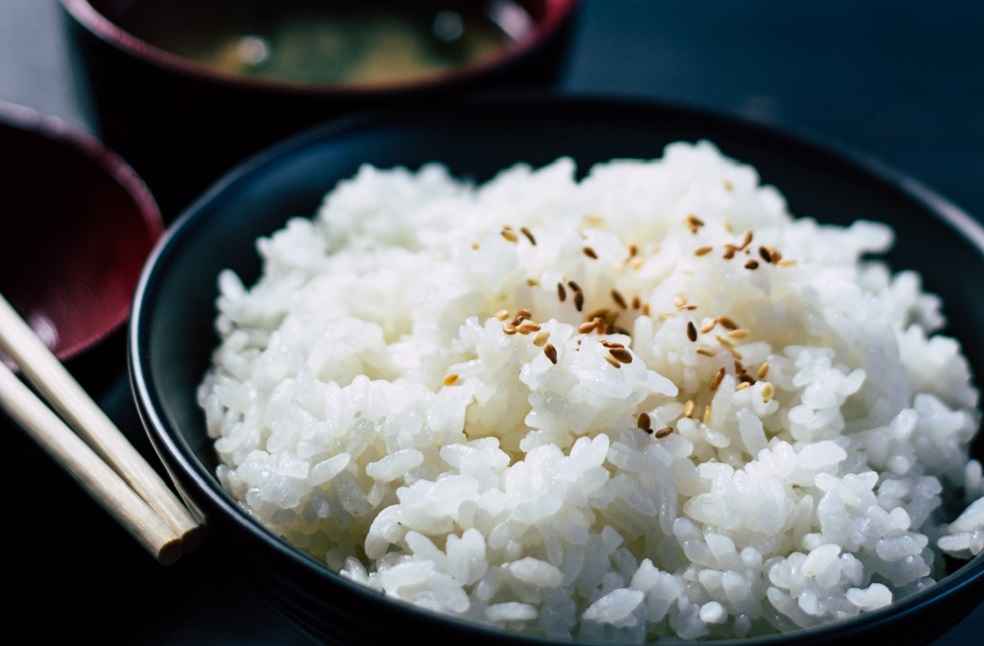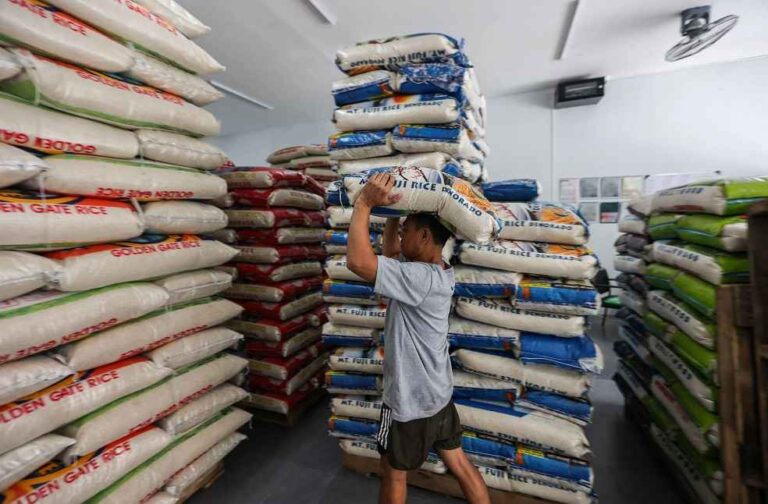Vietnam’s rice exports reached a record 9.18 million tonnes in 2024. However, to maintain this growth amid declining prices and intensified competition, businesses are being urged to improve product quality and explore new export markets.
Rising Supply Pressures
The US Department of Agriculture (USDA) projects global rice production for the 2024-25 season to reach 533.8 million tonnes, an increase of 11.6 million tonnes from the previous season. Total global supply is expected to rise by 10.6 million tonnes to 713.1 million tonnes, with global rice trade forecasted to hit a record 57.2 million tonnes due to increased exports from multiple countries.
Vietnam’s rice export prices have fallen sharply since early 2025, with 5% broken rice priced at $404 per tonne—lower than the rates from Thailand, India, and Pakistan. The price drop is attributed to higher global supply and key importing nations prioritizing domestic production while limiting high-priced rice imports.

Thailand’s Rice Exporters Association (TREA) predicts a sharp decline in Thai rice exports to 7.5 million tonnes in 2025, mainly due to growing competition from India and reduced demand from Indonesia. Meanwhile, India is expanding rice exports and cultivation, with Rabi-season rice planting reaching 3.515 million hectares by late January—a 15.7% increase from the previous year.
Flexible Production and Export Strategies
According to Vietnam’s Department of Crop Production under the Ministry of Agriculture and Rural Development, as of January, the autumn-winter harvest in the Mekong Delta covered 711,000 hectares, yielding an estimated 4.16 million tonnes of rice. The 2024-25 winter-spring crop has also commenced harvesting, contributing an additional 1.02 million tonnes to supply. The increased output has lowered domestic prices, making strong export activity essential to stabilize farmers’ incomes.
By mid-January, Vietnam had exported 268,700 tonnes of rice, generating nearly $165.7 million—marking a 38.7% rise in volume and a 23.28% increase in value year-on-year. To sustain exports, the Ministry of Industry and Trade is implementing measures to enhance trade promotion efforts.

However, rice exporters require financial support from banks to strengthen their purchasing capacity for export purposes. In response, the government issued Decree 01 on January 1, amending and supplementing certain provisions of Decree 107 (2018) on rice trading and exports. The updated decree introduces clearer regulations aimed at ensuring domestic food security while enhancing rice quality, brand recognition, and international trade competitiveness.
While traditional markets such as the Philippines, Indonesia, and Malaysia remain key destinations, efforts in 2025 will focus on high-demand regions such as the Middle East and Northern Europe, alongside strategies to regain market share in China.
LOGISTICS INDUSTRY | Robotics and AI in Logistics: Key Benefits and Challenges



